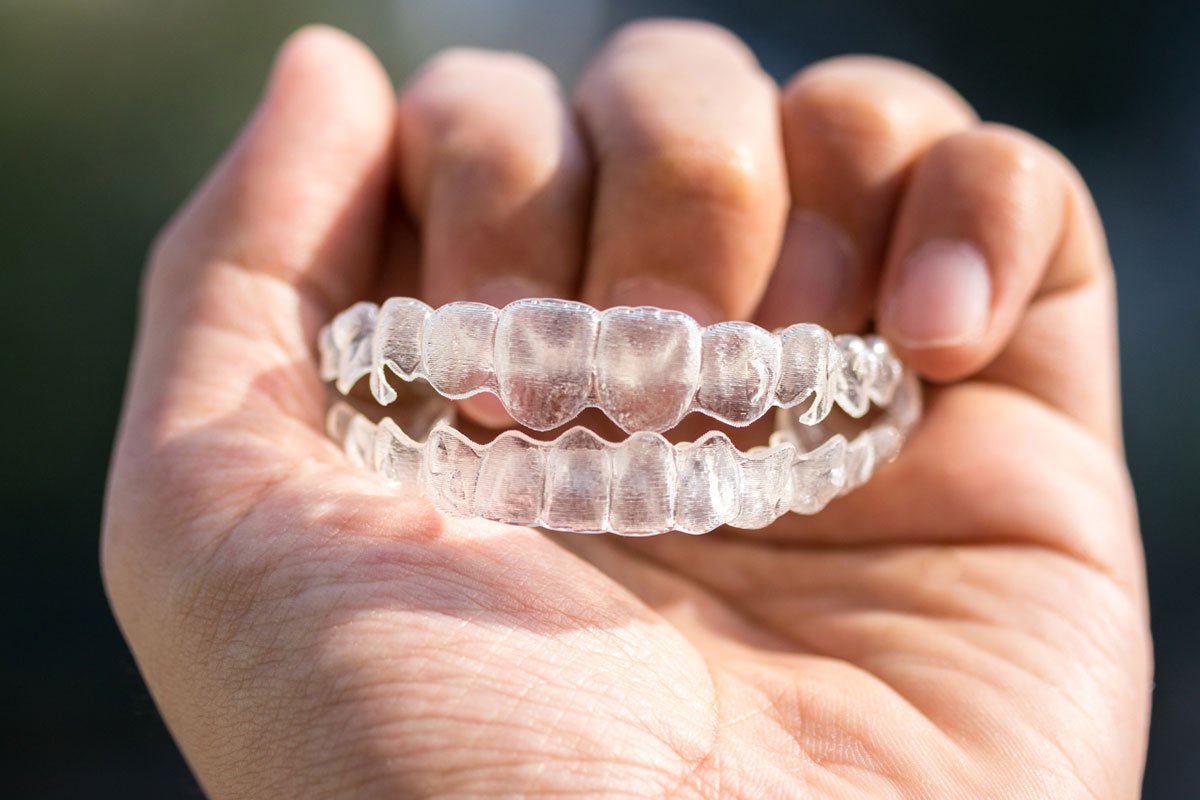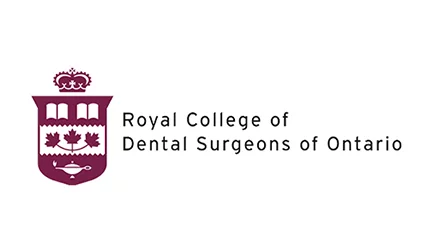Nowadays, modern orthodontics offers a wide range of oral treatments in order to help people straighten their teeth and give them the beautiful and aligned smile that they have always dreamt of. Out of all the advanced orthodontic treatments, Invisalign (clear aligner) is considered the best option. It involves a non-invasive procedure, is practically invisible, and can effectively help solve various mild to moderate orthodontic issues.
Invisalign is a type of invisible brace that steadily aligns and straightens teeth within a particular period of time. The Invisalign aligners are crafted with a flexible and clear plastic material that is custom-made according to the tooth impressions of every specific patient.
Invisalign aligners are getting increasingly popular these days as they are much more comfortable than conventional metal braces and are also removable. These modern braces are custom-made for each patient, so they can fit snugly and comfortably over their teeth without being noticed.
HOW DOES INVISALIGN WORK?
Invisalign straightens teeth by putting a controlled force on misaligned teeth during different stages of the treatment process. Moreover, during this whole procedure, patients usually do not feel self-conscious as these clear aligners are almost invisible and gently straighten misaligned teeth without letting others know. Once the treatment plan is completed, they will have a beautiful and straight smile.
However, for optimum results, Invisalign should be worn for at least 20 to 22 hours per day. After getting these straightening devices, people also need to visit their dental professional every few weeks for a checkup. During checkup appointments, orthodontists generally replace the previous set of Invisalign with a new set of aligners every one to two weeks. Every new set of aligners will gently and slightly move your teeth to the desired position until you no longer have any misaligned teeth left.

PROCEDURE OF GETTING INVISALIGN
Invisalign can be placed during a simple dental procedure and consist of a few different steps:
1. INITIAL APPOINTMENT
During the initial appointment, the orthodontist will thoroughly access the patient’s mouth and will also discuss their cosmetic dentistry desires. During this appointment, dental professionals tell patients if they are suitable candidates for this alignment treatment.
People with severe alignment issues might not be suitable for Invisalign. If that is the situation with any patient, the dentist will discuss other options.
However, if you are suitable for this treatment procedure, the orthodontist will discuss the treatment protocol and estimated treatment period.
2. MOLDING PROCESS
The next step in getting clear aligners is the digital molding process. In order to fabricate an accurate mold of the patient’s teeth, the orthodontist will use a combination of digital X-rays, photographs, and digital scans.
Once the mold is complete, it will be sent to the Invisalign laboratory, where they will craft the custom aligner trays. In some cases, this mold is created during the first dental appointment.
3. FITTING THE FIRST TRAY
When the custom aligner trays are ready, it is time to return them to your orthodontist’s office. During this appointment, dentists usually place clear aligners on the patient’s misaligned teeth with the help of small attachments to help the trays stay in place.
These alignment devices are clear, almost invisible, painless to install, and worn temporarily until a new set is replaced. After that, orthodontists generally check if the aligners fit well and explain an aftercare program.
4. FOLLOW-UP APPOINTMENTS
A few weeks after the first tray is placed, patients are advised to visit their orthodontist for another appointment. During this appointment, the orthodontist will check the tooth movements and tray fit. Patients typically need to visit their dentist’s office every four to eight weeks. During follow-up appointments, dentists typically check the overall progress, and if everything is fine, they will dispense to the next set of clear aligner trays.
However, unlike traditional metal braces, patients are not needed to return for regular dental appointments. Instead, they can periodically visit their dental professional’s office to get their overall progress checked.
In some cases, individuals can even change their own set of aligners and do not need to see their dentist. However, if the treatment is not showing the expected outcomes, patients might require a new digital scan for additional aligners.
After getting clear aligners, your teeth will eventually align and straighten. However, the final outcomes are always dependent on the severity of misalignment issues, but if worn as prescribed, people can undoubtedly have straighter teeth within a short period of time.
HOW FAST DO TEETH MOVE WITH INVISALIGN?
In general, it takes almost 6 to 12 months for your teeth to shift to the desired position with the help of Invisalign. However, these are averages, and every particular case can be different.










